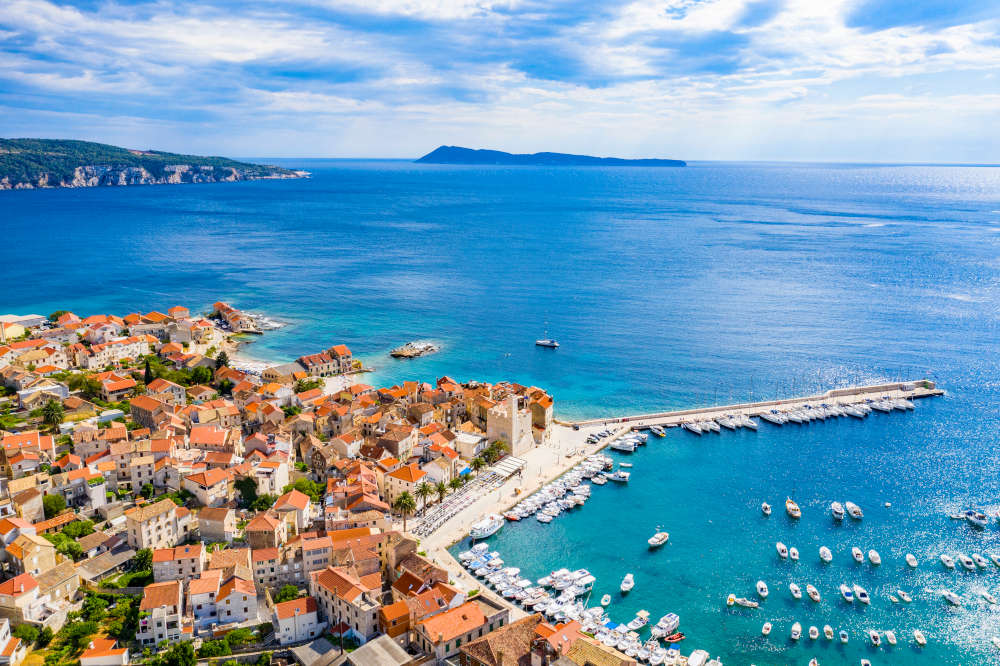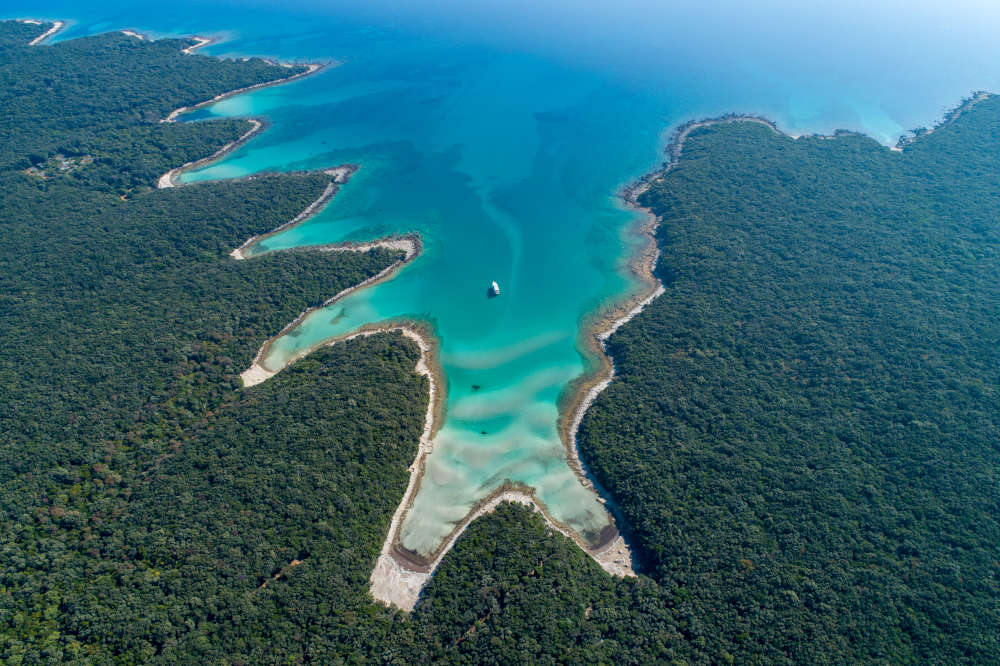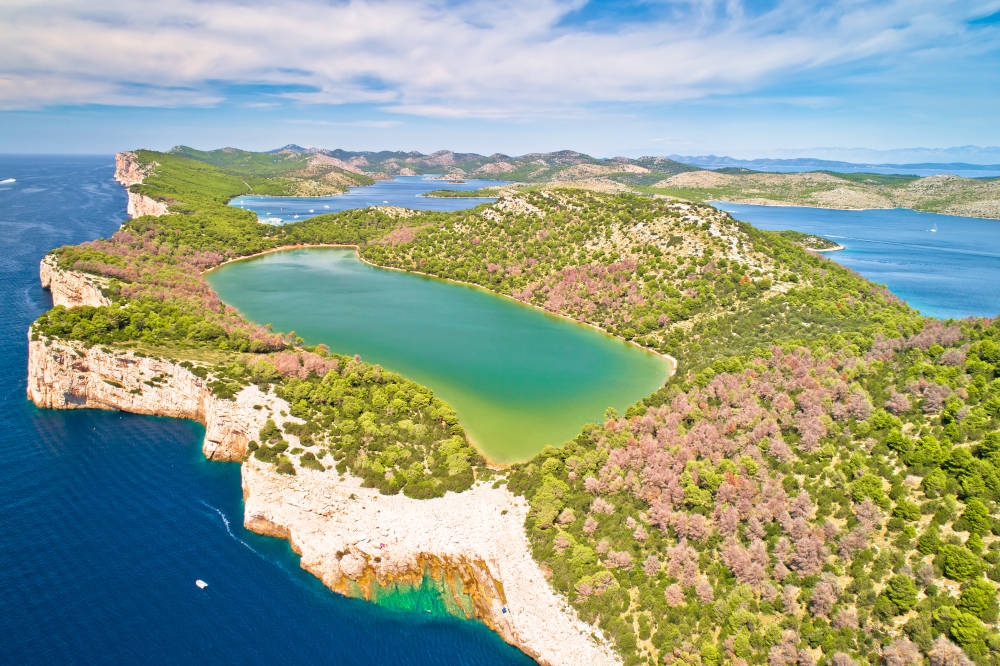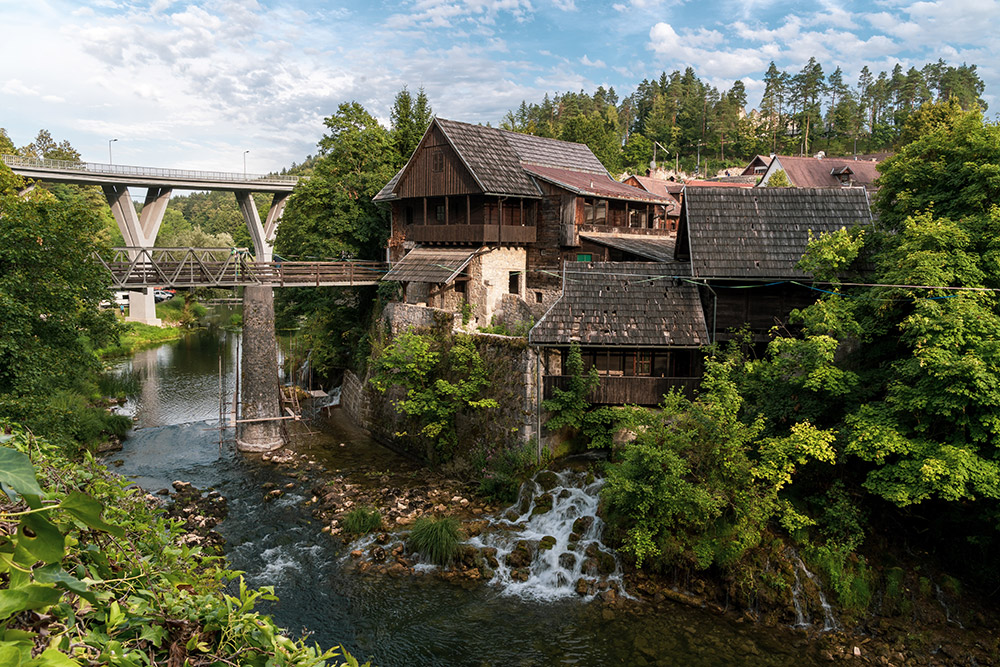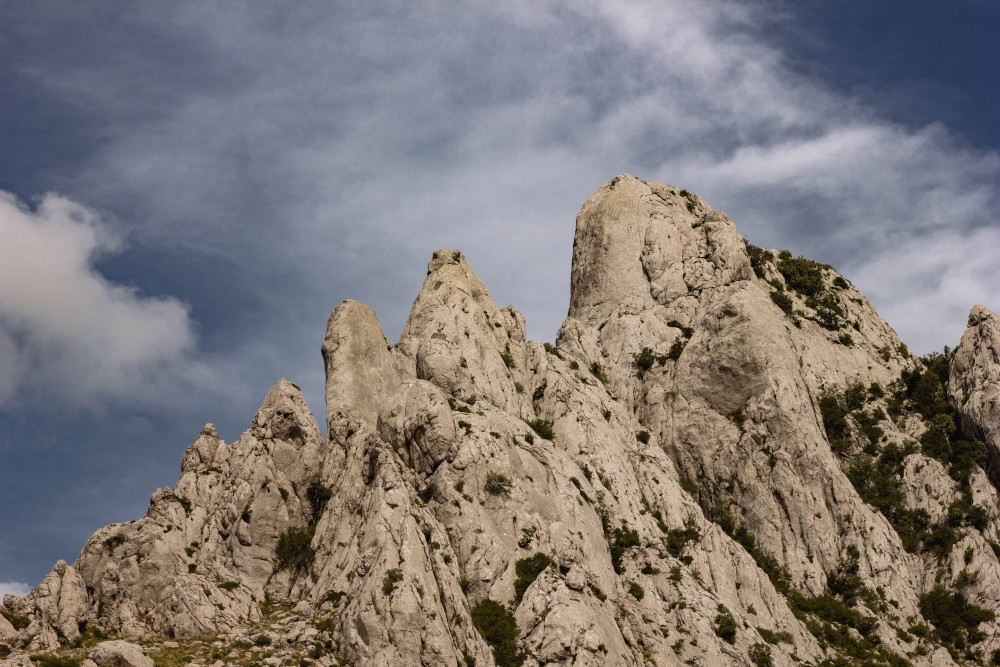Lumbarda
- Home
- Croatian Destinations
- Lumbarda
Lumbarda
- access_time10 March 2021
- account_circleCroatian Destinations
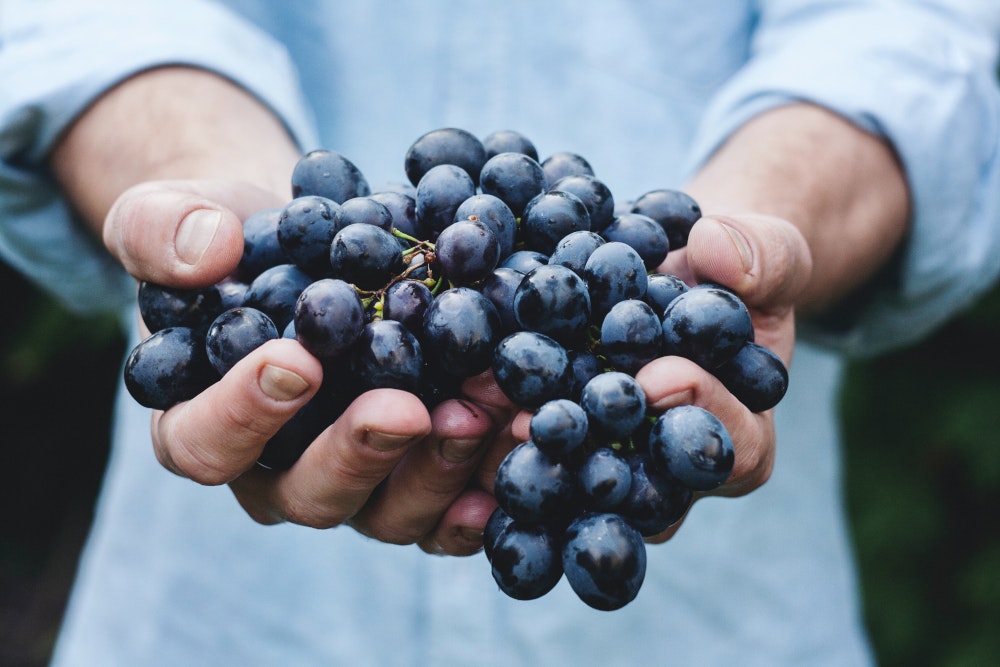
Road passing through picturesque area of pine woods and olive groves, 7km from the town of Korčula you will find a small village called Lumbarda. It's located on the eastern tip of the island and it's surrounded with vineyards and sandy beaches. Already sounds like heaven? Let us tell you more about it. Lumbarda has a rich history preserved in written documents, dating back to more than 2000 years ago. The most known written document is the Lumbarda Psephisma an fragment in an antic stone of a Greek inscription that details the agreement surrounding the establishment of a Greek colony, dating back to 4th or 3rd century BC, and it's now kept it the Archaeological Museum in Zagreb.
Throughout its history, Lumbarda was a region combining various nations and cultures. Based on current research, the first inhabitants were the Illyrians, ruling the island during the Bronze and Iron Age leaving a lot of artifacts, primarily on the western areas of Lumbarda. With the intrusion of Greek interests on the Adriatic, the island relinquished its historical obliviousness becoming known as Korkyra Melaina (Black Korčula).
Like most of Croatian history, Lumbarda had a lot of empires ruling over it, but the most significant one and the one that did it for the longest, is the Venetian one. With the stabilization of existential circumstances, the continual settling of Lumbarda began. In the 16th century, it was a fully formed settlement, grouped around churches built mainly on private land of the Korčulan nobles. The oldest of them all is the church of St. Roko in Vela Glavica. It was probably built at the beginning of the 16th century, since its expansion is mentioned in 1561. It received its present form in 1886, while the bell-tower was erected in 1996. In the 17th and 18th centuries, Lumbarda was the countryside residency for the Korčulan bishops and nobility.
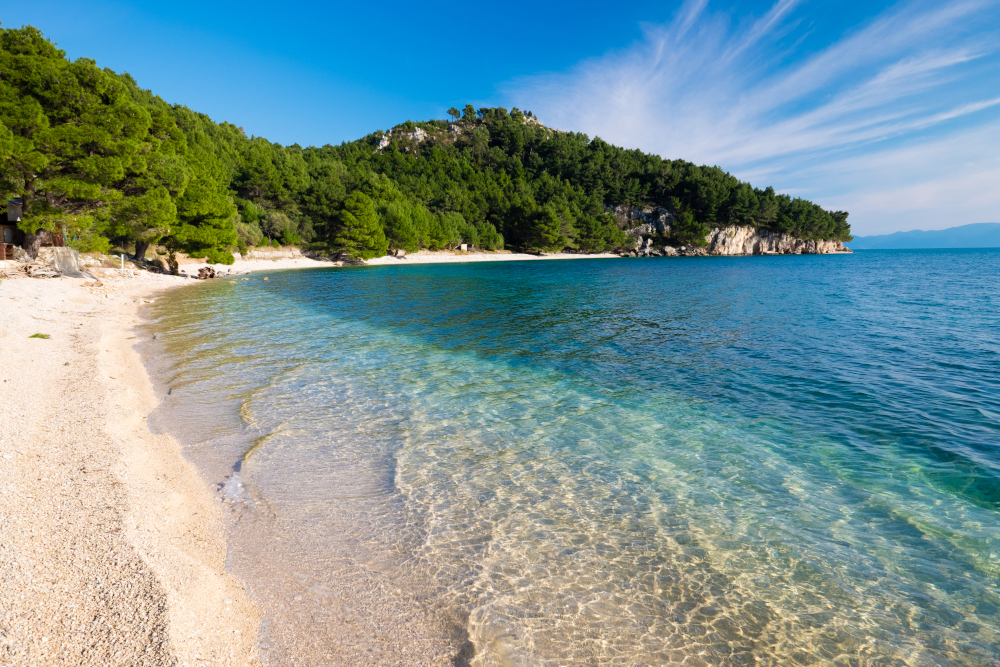
In modern times Lumbarda is a tourist center, many of its 1200 inhabitants are active in the local tourist services but they are also well known as wine-growers, fishermen and stone-masons. Speaking of wine, compared to the rest of Dalmatia, which is known for its red wines, the island of Korčula is known above all for the quality of its white wines, particularly for Grk, Pošip and Rukatac. The most popular red wine on the island is Plavac Mali and Blato.
Lumbarda has a rich history of wine making dating to 2,300 years ago. The most known white wine is the „Grk˝ which is grown there originally. It’s a real specialty for the region and a top quality dry white wine made from the identically named indigenous type of grapes which grow well in the sandy vineyards of the village. It is not known whether Grk got its name from its refined bitter taste (grk means bitter in old Croatian) or from the Greeks, who established a settlement in the area back in the 3rd century B.C.
The result of this rich wine-growing tradition combined with modern technology and oenology is a dry wine with exceptional characteristics: it is recognizable by its light green-yellow color with golden reflections, its emphatic cultivar aroma and its noble bouquet. It has a rich, harmonious and well-rounded taste with a slightly bitter finish.
Enough talking, I bet you are ready for a sip of that "Grk".


